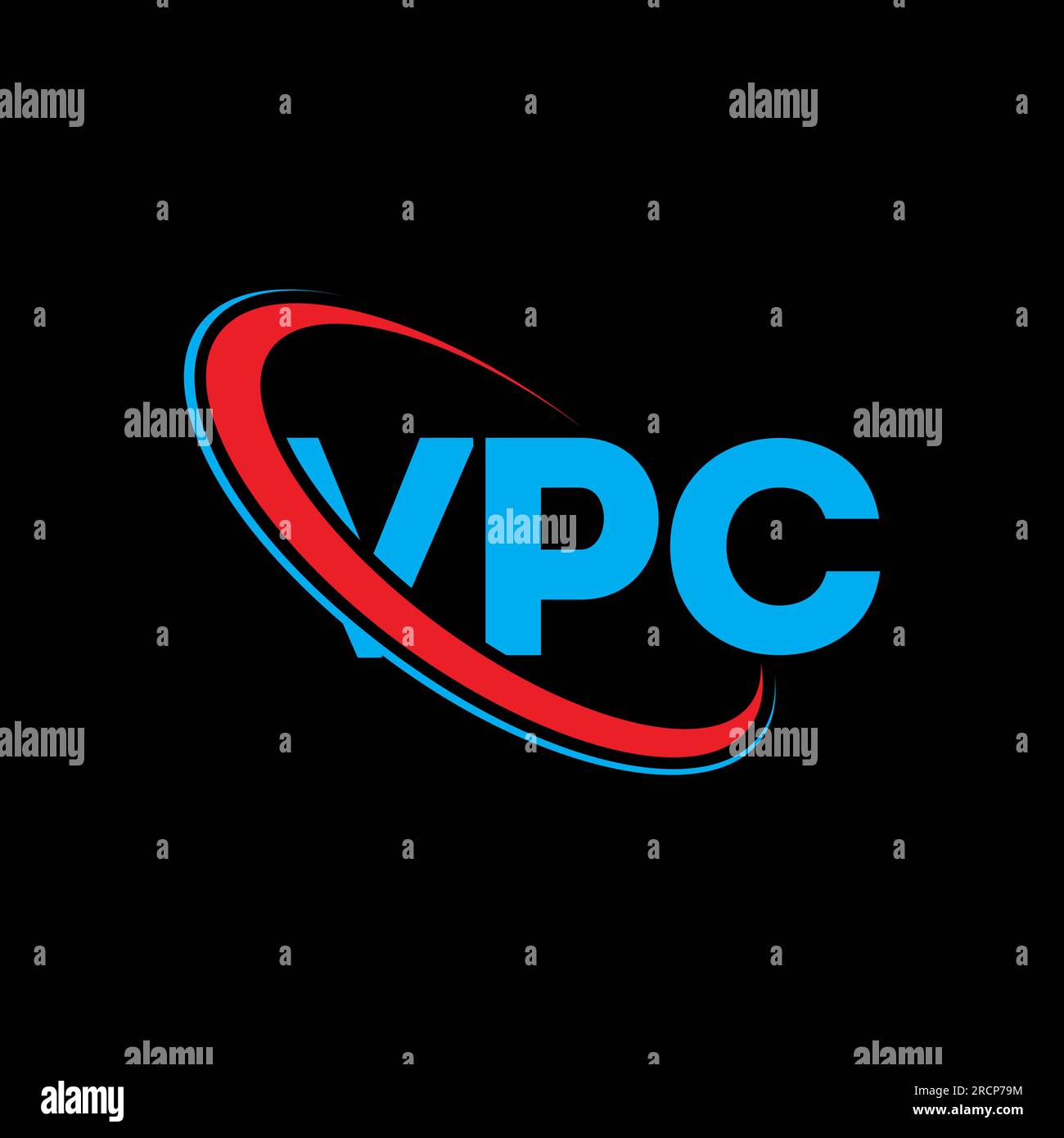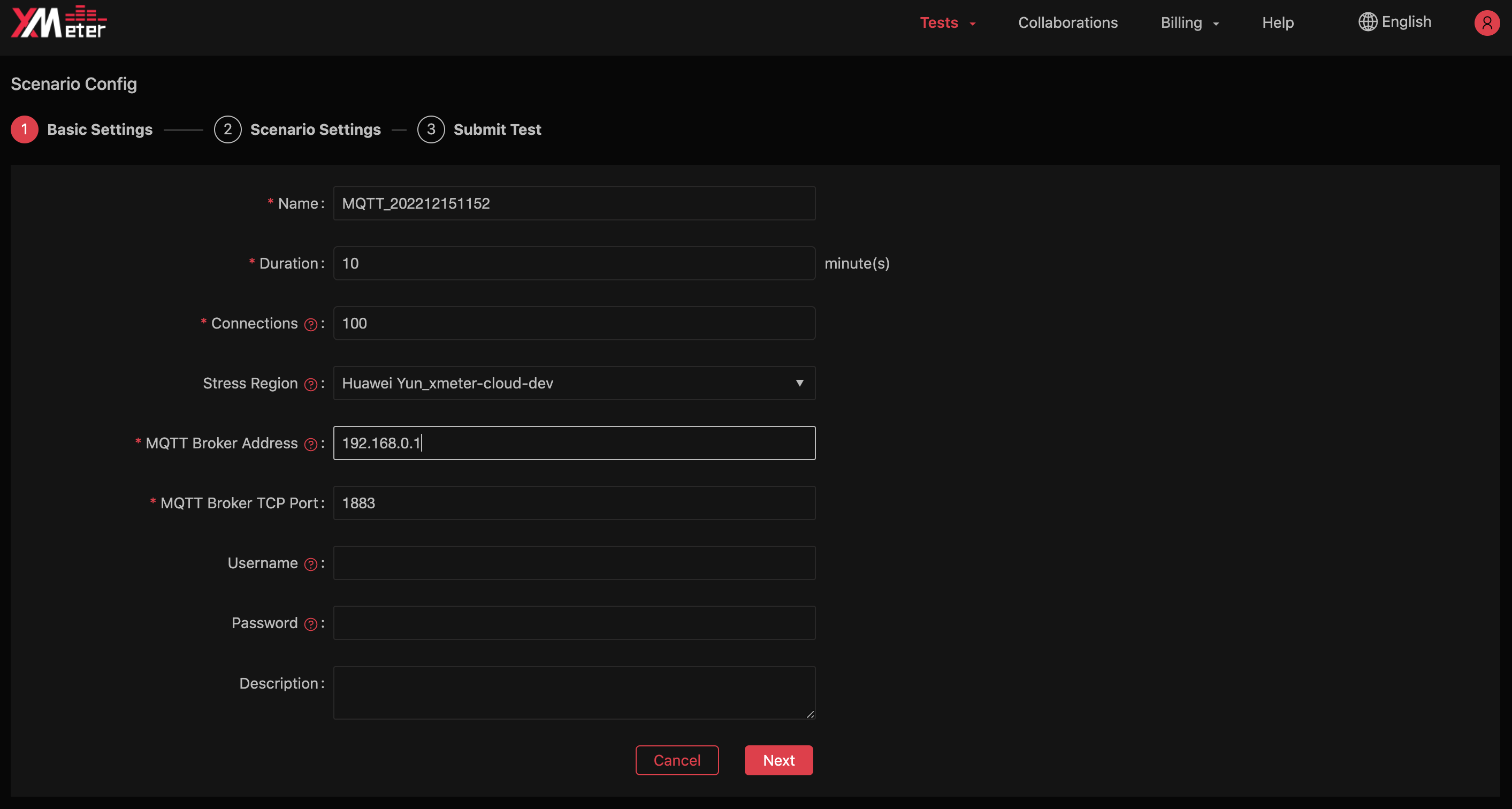Unlocking The Power Of RemoteIoT VPC Download For Mac
Hey there, tech enthusiasts! Let me tell you something that’s going to make your life easier if you're diving into the world of IoT development. RemoteIoT VPC download for Mac is your golden ticket to creating seamless, efficient, and scalable IoT projects right from your Mac device. If you’ve ever struggled with setting up virtual private clouds (VPC) or managing IoT devices remotely, this is the solution you’ve been waiting for. So, buckle up because we’re diving deep into everything you need to know about RemoteIoT VPC and how it can revolutionize your workflow.
Now, you might be wondering why this matters so much. Well, RemoteIoT VPC isn’t just another tool; it’s a game-changer for developers and businesses alike. It allows you to create a secure and isolated network environment for your IoT devices, ensuring top-notch security and performance. Whether you're a seasoned developer or just starting out, this tool has something to offer everyone. So, stick around because we’re about to break it all down for you.
Before we dive into the nitty-gritty, let’s set the stage. RemoteIoT VPC download for Mac is more than just software—it’s a platform that empowers you to take control of your IoT infrastructure. Imagine being able to manage your devices, monitor performance, and troubleshoot issues all from one centralized location. Sounds pretty sweet, right? Let’s get started and explore everything this tool has to offer.
What Exactly is RemoteIoT VPC?
Alright, let’s get into the meat of things. RemoteIoT VPC is essentially a virtual private cloud solution specifically designed for IoT applications. It provides a secure, isolated environment where you can manage your IoT devices, deploy applications, and handle data processing. The beauty of this system lies in its flexibility and scalability, making it perfect for both small-scale projects and large enterprise-level operations.
One of the standout features of RemoteIoT VPC is its ability to integrate seamlessly with existing systems. Whether you’re using cloud services like AWS, Azure, or Google Cloud, or working with on-premises infrastructure, RemoteIoT VPC can adapt to your needs. This adaptability ensures that you don’t have to overhaul your entire setup just to incorporate this powerful tool.
Why Choose RemoteIoT VPC for Your Mac?
When it comes to choosing the right tools for your development needs, there are plenty of options out there. But why should you opt for RemoteIoT VPC specifically for your Mac device? Well, let’s break it down:
- Compatibility: RemoteIoT VPC is fully optimized for macOS, ensuring smooth performance and minimal compatibility issues.
- Security: With advanced encryption protocols and firewall capabilities, your data and devices are protected against unauthorized access.
- Performance: Designed to handle high loads and complex tasks, RemoteIoT VPC ensures that your projects run efficiently without any lag or downtime.
- User-Friendly Interface: Even if you’re not a tech wizard, the intuitive interface makes it easy to navigate and manage your IoT setup.
These are just a few reasons why RemoteIoT VPC stands out in the crowded field of IoT solutions. Whether you’re working on a personal project or managing a team of developers, this tool has everything you need to succeed.
Setting Up RemoteIoT VPC on Your Mac
Now that you know what RemoteIoT VPC is and why it’s worth considering, let’s talk about how to get it up and running on your Mac. The process is surprisingly straightforward, but there are a few steps you’ll want to follow to ensure everything goes smoothly.
Step 1: Downloading the Software
The first step is, obviously, downloading the RemoteIoT VPC software. Head over to the official website and locate the download section. Make sure you select the version compatible with macOS to avoid any issues during installation. Once the download is complete, open the installer and follow the on-screen instructions.
Step 2: Configuring Your VPC
After installation, you’ll need to configure your virtual private cloud. This involves setting up subnets, configuring security groups, and defining access controls. Don’t worry if this sounds complicated—RemoteIoT VPC provides detailed guides and tutorials to walk you through each step.
Step 3: Connecting Your Devices
With your VPC configured, it’s time to connect your IoT devices. This can be done through the RemoteIoT VPC dashboard, where you’ll find options for adding new devices and managing existing ones. Ensure that all devices are properly authenticated and authorized to access the network.
Exploring the Features of RemoteIoT VPC
Now that you’ve got everything set up, let’s take a closer look at some of the key features that make RemoteIoT VPC such a powerful tool:
- Device Management: Easily add, remove, and manage IoT devices from a single dashboard.
- Data Analytics: Gain valuable insights into device performance and usage patterns with built-in analytics tools.
- Automation: Set up automated workflows to streamline repetitive tasks and improve efficiency.
- Scalability: Scale your infrastructure up or down as needed without any downtime or performance issues.
These features, among others, make RemoteIoT VPC an indispensable tool for anyone serious about IoT development.
Common Challenges and How to Overcome Them
As with any technology, there are bound to be some challenges when working with RemoteIoT VPC. Here are a few common issues you might encounter and how to tackle them:
- Connection Issues: If you’re experiencing connectivity problems, check your network settings and ensure that all devices are properly configured.
- Performance Bottlenecks: To avoid performance issues, regularly monitor your VPC and optimize resource allocation as needed.
- Security Concerns: Stay vigilant about security by keeping your software up to date and implementing robust authentication protocols.
By staying proactive and addressing these challenges head-on, you can ensure a smooth and successful experience with RemoteIoT VPC.
Best Practices for Using RemoteIoT VPC
To get the most out of RemoteIoT VPC, it’s important to follow some best practices:
- Regular Maintenance: Schedule regular maintenance checks to ensure everything is running smoothly.
- Documentation: Keep detailed records of your setup and configurations for easy reference.
- Training: Invest in training for your team to ensure everyone is familiar with the system and its capabilities.
These practices will help you maximize the potential of RemoteIoT VPC and avoid common pitfalls.
Real-World Applications of RemoteIoT VPC
Let’s take a look at some real-world examples of how RemoteIoT VPC is being used:
Case Study: Smart Home Automation
A leading smart home company implemented RemoteIoT VPC to manage their network of connected devices. By doing so, they were able to improve device performance, enhance security, and reduce maintenance costs.
Case Study: Industrial IoT
In the industrial sector, RemoteIoT VPC has been used to monitor and control machinery in real-time, leading to increased efficiency and reduced downtime.
Future Trends in IoT and RemoteIoT VPC
As technology continues to evolve, so does the landscape of IoT. RemoteIoT VPC is at the forefront of these advancements, constantly innovating to meet the needs of its users. Keep an eye out for upcoming features and enhancements that will further solidify its place in the IoT ecosystem.
Conclusion
And there you have it—a comprehensive guide to RemoteIoT VPC download for Mac. From setting up your VPC to exploring its features and overcoming common challenges, we’ve covered everything you need to know to get started. Remember, the key to success with any tool is understanding how to use it effectively and following best practices.
So, what are you waiting for? Dive into the world of IoT with RemoteIoT VPC and see how it can transform your projects. Don’t forget to leave a comment below sharing your experiences or questions, and be sure to check out our other articles for more tech insights. Happy developing!
Table of Contents
- What Exactly is RemoteIoT VPC?
- Why Choose RemoteIoT VPC for Your Mac?
- Setting Up RemoteIoT VPC on Your Mac
- Exploring the Features of RemoteIoT VPC
- Common Challenges and How to Overcome Them
- Best Practices for Using RemoteIoT VPC
- Real-World Applications of RemoteIoT VPC
- Future Trends in IoT and RemoteIoT VPC
- Conclusion


